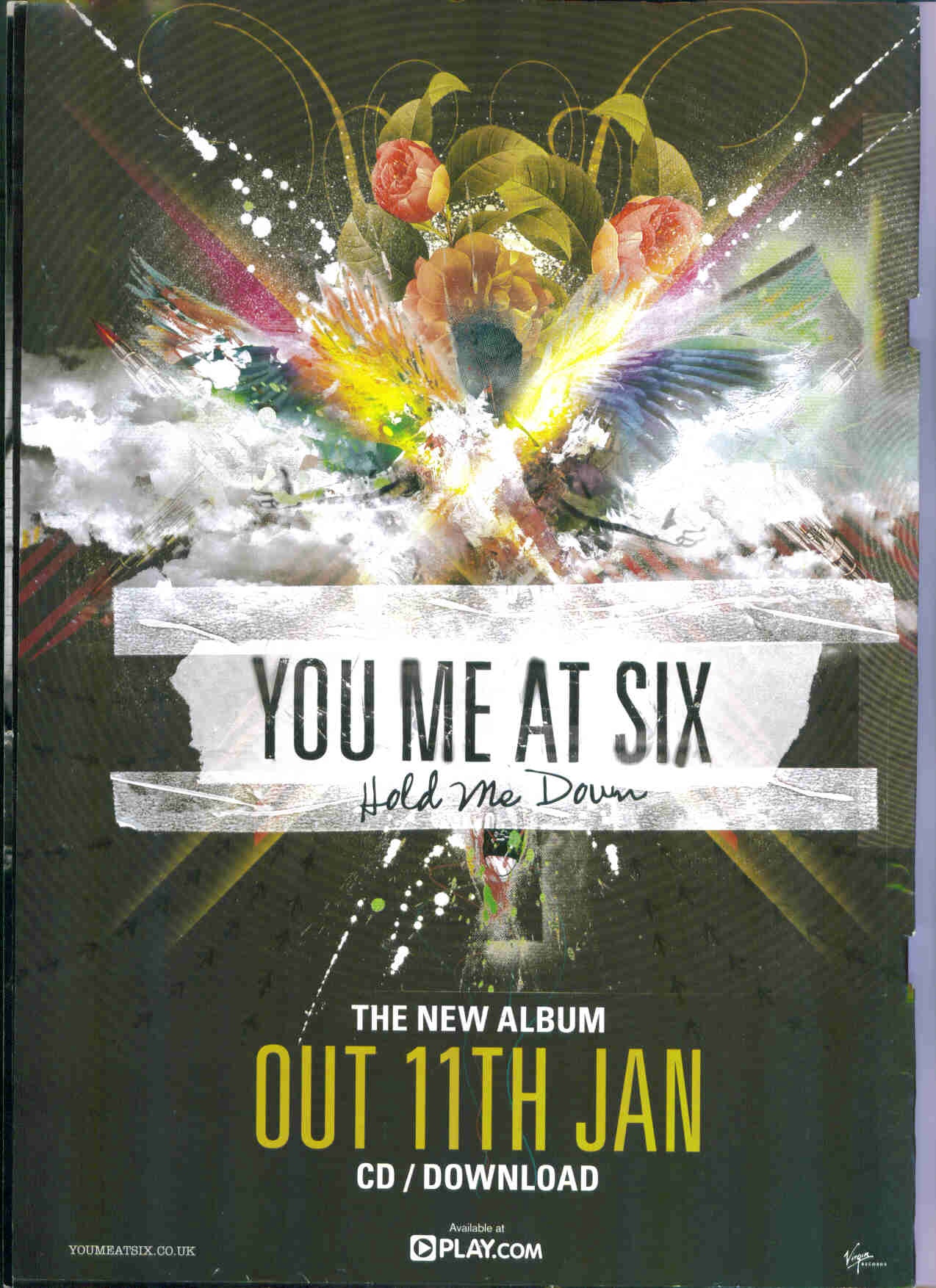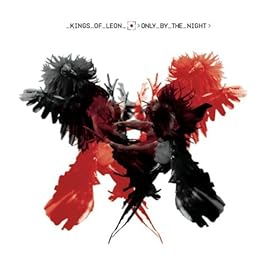

With this poster/advertisement, the photos differ from the album artwork, although the theme still obviously occurs within the use of colours, text and vibe from the mise-en-scene still runs through consistently, therefore the audience can still notice the similarities and recognize the album when seeing the poster. For example, the red and white colour scheme is very consistent which is mainly used in the artists name and album name. Also, it is obvious that the 50s era has been a huge part in the image and representation in the album and poster, shown through the use of the 1950s microphone and the stage and text which has been put in the lights which were used for the old fashioned cinemas. As this clearly shows the era, this reflects what the sound of the album may consist of and showing the artists inspiration and even personal interests. Furthermore, the faded black and white effect used for the poster reinforces the era as it looks quite old and low key in terms of printing in comparison to most posters, which focus on high quality photography and a good overall quality of the finished product, which in this poster has a more newspaper feel rather than an advert you would see in a magazine like Q, which would have been conventional in the 1950s as technology wasn't as advanced then.
This poster takes a very conventional approach to advertising within a magazine, for example, the artists name is the most important and therefore has the biggest and boldest text on the page and catches the audience attention first. Also as an independent artist, he has used a mid shot of himself to reinforce that importance of him as a solo artist. Furthermore, the albums name is the only text that is predominantly in white and therefore is what the audiences eyes automatically "travel" to next. Conventionally, the poster has added reviews from other magazines/newspapers, which will show the popularity of the artist and the outcome the album has had so far in terms of ratings, which also draws in consumers as through research I have noticed that they don't add those ratings if the album has been judged as average.
I personally think the artists poster and album reflect him as a person and give him the opportunity to create and work on his self image as an artist, as he manages to be a mainstream artist reaching hits with singles such as "She Said", yet through research he manages to be niche at the same time, as he targets mainly male 18-24 year olds and surprisingly a wide variety of different people. He does this through his personal music style which is rap, yet it is not stereo-typically expected for a "rapper" to be into the 50s era and reinforce that factor by dressing how Plan B does. In this case Plan B dresses less grungey and gives himself a more "smart" look. For example, I asked people I knew who listen to specific genres of music and collected the following results:
- Male listens to bands such as "The Smiths - Kasabian - The Doors - The Beatles" - Liked Plan B
- Female listens to artists such as "Nicki Minaj - Beyonce - Tinie Tempah - Lady Gaga" - Disliked Plan B
- Male listens to artists such as "Eminem - 50 Cent - Tinie Tempah - Lil Wayne" - Like Plan B
- Female listens to artists such as "You Me At Six - Paramore" Disliked Plan B
Therefore, although I only took a small sample of people, just from those results I can gather that Plan B definitely targets a male audience instead of female. Also, it is interesting how someone who listens to The Beatles who originate from the late 50s/60s listens to Plan B as well as another person who listens to rap artists, showing Plan B's unique style within the music industry, which is demonstrated through the poster alone. Furthermore, as many people would assume Plan B as a maintream artist, I also find it interesting how a girl who listens to very mainstream artists didn't like Plan B. To conclude, I think as Plan B gains individuality within his sound and appearence, he starts to target a different audience of people.
























